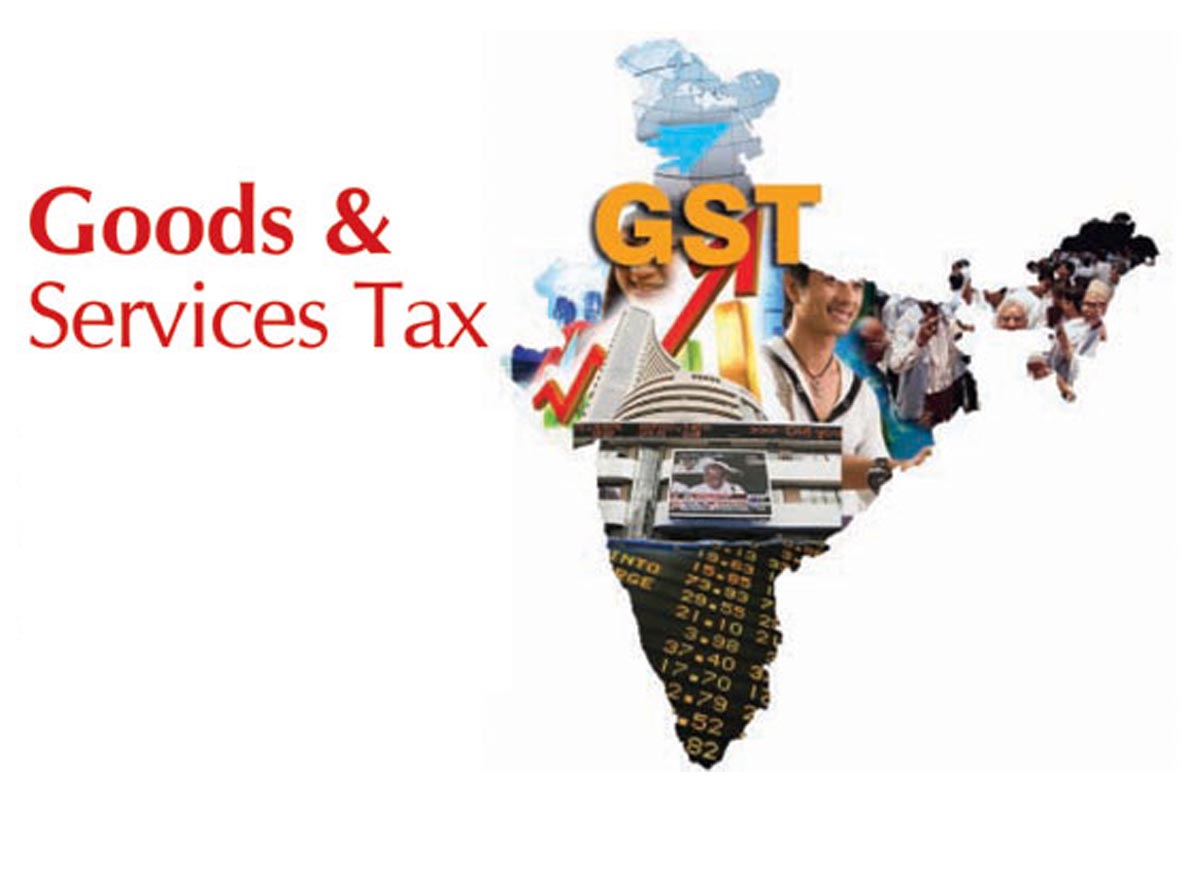Levy of GST

The Act came into effect on 1st July 2017; Goods & Services Tax Law in India is a comprehensive, multi-stage, destination-based tax that is levied on every value addition. In simple words, Goods and Service Tax (GST) is an indirect tax levied on the supply of goods and services.
Unlike earlier when there were multiple taxes such as Central Excise, Service Tax and State VAT etc., under GST, there is just one tax. GST is categorized into CGST, SGST or IGST depending on whether the transaction is Intra-State or Inter-State.
What determines if CGST, SGST or IGST is applicable:
To determine whether Central Goods & Services Tax (CGST), State Goods & Services Tax (SGST) or Integrated Goods & Services Tax (IGST) will be applicable in a taxable transaction, it is important to first know if the transaction is an Intra State or an Inter-State supply.
- Intra-State supply of goods or services is when the location of the supplier and the place of supply i.e., location of the buyer are in the same state. In Intra-State transactions, a seller has to collect both CGST and SGST from the buyer. The CGST gets deposited with Central Government and SGST gets deposited with State Government.
- Inter-State supply of goods or services is when the location of the supplier and the place of supply are in different states. Also, in cases of export or import of goods or services or when the supply of goods or services is made to or by a SEZ unit, the transaction is assumed to be Inter-State. In an Inter-State transaction, a seller has to collect IGST from the buyer.
3. What is Central Goods and Services Tax (CGST)?
Under GST, CGST is a tax levied on Intra State supplies of both goods and services by the Central Government and will be governed by the CGST Act. SGST will also be levied on the same Intra State supply but will be governed by the State Government.
This implies that both the Central and the State governments will agree on combining their levies with an appropriate proportion for revenue sharing between them. However, it is clearly mentioned in Section 8 of the GST Act that the taxes be levied on all Intra-State supplies of goods and/or services but the rate of tax shall not be exceeding 14%,each.
For levy and collection of CGST following conditions must be satisfied:-
- There must be an intrastate supply of goods or services or both within the meaning of the Act.
- The supply must be capable of being valued as per the provisions of the act and the will be levied on the basis of the value so determined.
- The tax will be collected at the prescribed rates not exceeding twenty per cent. If the supply is not capable of being categorized under any of the prescribed rates category than tax cannot be levied on the same.
- Tax can be collected in the prescribed manner and that too from the taxable person. If any person does not fall within the ambit of the definition of taxable person than tax cannot be collected from him. Taxable person means a person who is registered or liable to be registered under section 22 or section 24 of the Act.
4. What is State Goods and Services Tax (SGST):
Under GST, SGST is a tax levied on Intra State supplies of both goods and services by the State Government and will be governed by the SGST Act. As explained above, CGST will also be levied on the same Intra State supply but will be governed by the Central Government.
Note: Any tax liability obtained under SGST can be set off against SGST or IGST input tax credit only.
An example for CGST and SGST:
Let’s suppose Rajesh is a dealer in Maharashtra who sold goods to Anand in Maharashtra worth Rs. 10,000. The GST rate is 18% comprising of CGST rate of 9% and SGST rate of 9%. In such case, the dealer collects Rs. 1800 of which Rs. 900 will go to the Central Government and Rs. 900 will go to the Maharashtra Government.
Why the split into SGST, CGST, and IGST:
India is a federal country where both the Centre and the States have been assigned the powers to levy and collect taxes. Both the Governments have distinct responsibilities to perform, as per the Constitution, for which they need to raise tax revenue.
The Centre and States are simultaneously levying GST.
The three types tax structure is implemented to help taxpayers take the credit against each other, thus ensuring “One Nation, One Tax”.
Tax on reverse charge basis:
Normally supplier of goods or services or both is liable to pay tax under GST. However there are certain circumstances under which the onus to pay tax lies with the recipient of taxable supply.
According to section 9(3) of the CGST Act, the Government may, on the recommendations of the Council, by notification, specify categories of supply of goods or services or both, the tax on which shall be paid on reverse charge basis by the recipient of such goods or services or both and all the provisions of this Act shall apply to such recipient as if he is the person liable for paying the tax in relation to the supply of such goods or services or both.
Supply by unregistered suppliers:
As per section 9(4) of the CGST Act, the central tax in respect of the supply of taxable goods or services or both by a supplier, who is not registered, to a registered person shall be paid by such person on reverse charge basis as the recipient and all the provisions of this Act shall apply to such recipient as if he is the person liable for paying the tax in relation to the supply of such goods or services or both.
From the aforesaid discussion it is clear that if the supplier is an unregistered person making supply of taxable goods or services or both to a registered person than in that the recipient person is liable to pay tax on reverse charge basis as if he is the person making taxable supply and these provisions are applicable in respect of all goods and supplies rather than the notified goods.
You May Also read the relevant blogs
- Reverse Charge mechaisum
- Composition levy scheme under GST
- Google Tax/equalization Levy
- Levy of Integrated Goods and service Tax
- levy of service tax on services provided by government/local authority to business entities





